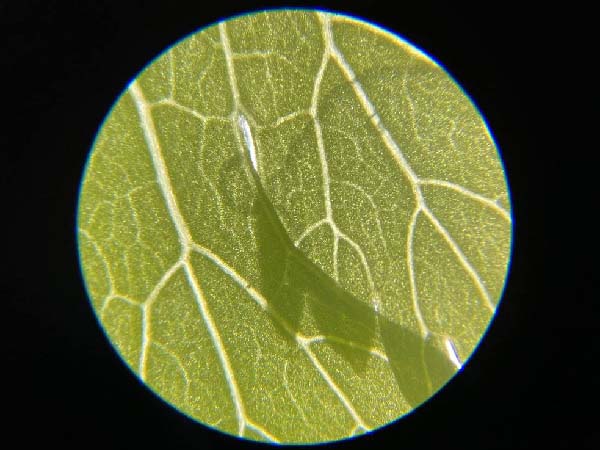Food growth with zero sunshine!? Yes that is Artificial Photosynthesis
Issues with natural Photosynthesis
The issue with photosynthesis, even though it has existed since the beginning of life on Earth, is that it can only convert around 1% of the energy from sunlight into “food” for the plant. How can we increase food production while utilizing fewer resources? Growing food in controlled conditions, like vertical farms, is more appealing and necessary as climate change makes weather and crop yields more unpredictable. Since there is a continuing need to find novel, sustainable, and inexpensive ways to produce food, scientists have been concentrating on this issue for decades.
Growing food in the dark?
What if crops could grow without sunlight, not in a vertical farm where LED light replaces the sun, but in complete darkness instead? This is a thought that most of us have never entertained since it seems inconceivable. A procedure for achieving that is described in a paper that was published a few weeks ago in Nature Food.
Photosynthesis Process
Through a sequence of chemical reactions, glucose and oxygen are produced during photosynthesis from carbon dioxide, water, and sunshine. The first stage is light-dependent, which depends on sunshine to transmit energy to plants, which then transforms it into chemical energy. Obviously, this is the light-independent phase, also known as the Calvin Cycle, in which this chemical energy and carbon dioxide are used to create molecules of carbohydrates (like glucose).
Artificial Photosynthesis Technology
A study team from the University of Delaware and UC Riverside discovered a way to completely skip the light-dependent stage, giving plants the chemical energy, they need to finish the Calvin Cycle in complete darkness.
The first task to do so is to create acetate, a salt or ester form of acetic acid that is a common building block for biosynthesis and the primary ingredient in vinegar. The researchers employed electrolysis to transform carbon dioxide and water into acetate with optimization and high yield. Using this method it was possible to turn off the light-dependent phase!
The researchers then fed the acetate to plants in the dark and discovered that they were able to utilize it in the same way that they would have used chemical energy from sunshine. Bingo!
Verification of the method for Artificial Photosynthesis
The research team tested and verified their method on several different plant species, measuring the variations in growth efficiency compared to conventional photosynthesis. The team was successful to feed acetate to cowpea, tomato, tobacco, rice, canola, and green pea plants.
While yeast experienced an 18-fold boost, green algae grew four times more effectively overall. So you should be convinced that compared to food production that depends on biological photosynthesis, this technique is a more effective way to convert solar energy into food.
The benefits of Photosynthesis for food production are numerous!
As strange as it may sound, separating plant growth from sunlight could significantly impact food output. Growing more plants indoors would also increase the level of “localness” of produce because plants that used artificial photosynthesis in place of sunlight could theoretically be grown almost everywhere. Perhaps the most interesting quote is from the co-author Martha Orozco-Cárdenas, “Imagine someday giant vessels growing tomato plants in the dark and on Mars-how much easier would that be for future Martians?”
Any limitations to food production with Photosynthesis?
Before this system could be taken seriously for large-scale food production, a few crucial elements would need to be sorted out. How much would it use in terms of energy, water, and other resources compared to conventional farming or alternative methods of technology-assisted food production? Are acetate-fed plants’ texture, flavor, and nutritional makeup equivalent to those grown in sunlight?
Final thoughts on food production with artificial photosynthesis
From the Green Revolution to the advent of modern GMOs, humans have been manipulating nature for millennia. In some ways, our ability to control nature has been essential to our survival. We are already observing the results of such manipulation, and even though artificial photosynthesis may ultimately become a part of the toolkit we’ll need to repair the harm we’ve caused while continuing to feed a growing global population.
You may want to check out the following video on youtube
